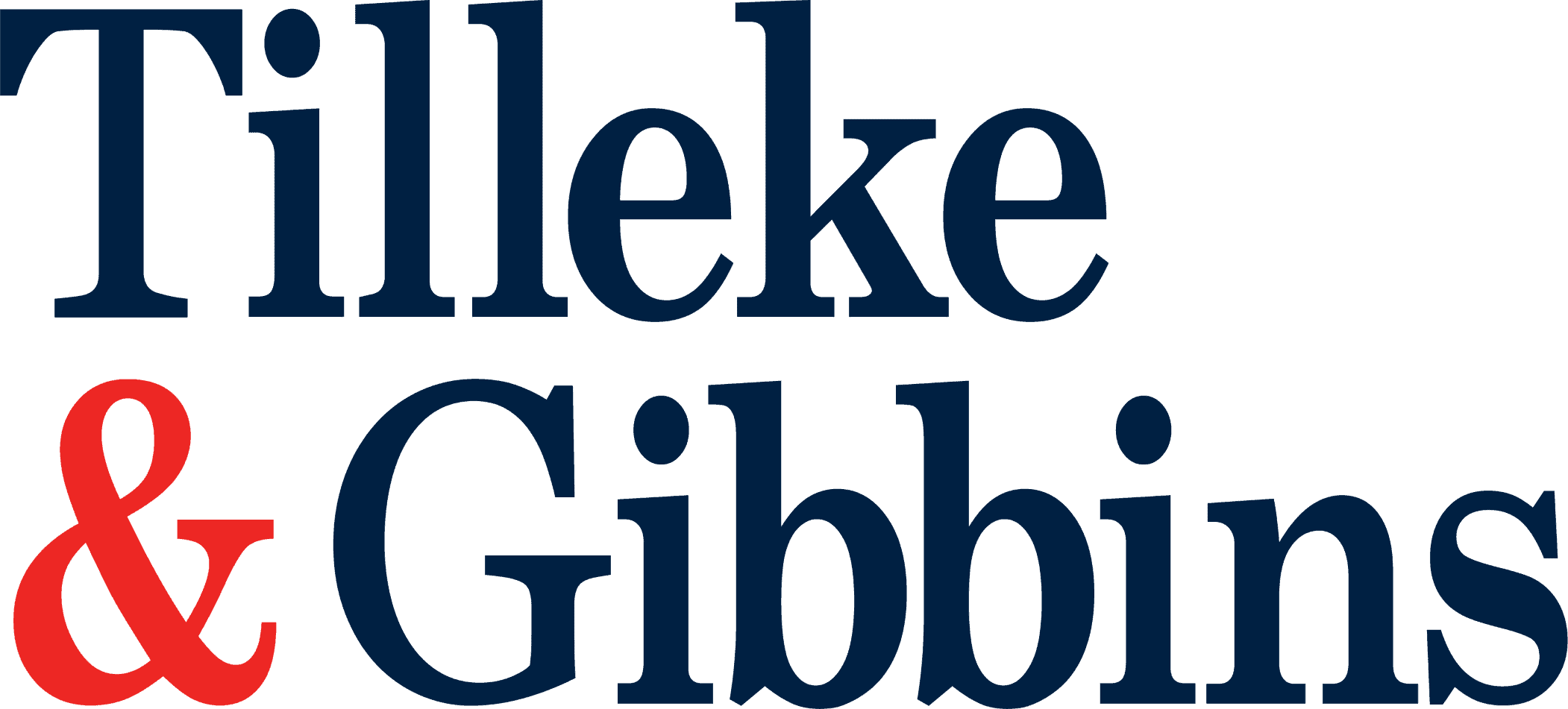
The internet has provided exponential growth in platforms for the delivery of media content, but while regulations for traditional forms of media, such as film and television content, are well established, specific regulations and clear supervision for over-the-top (OTT) content still have yet to be established.
This article discusses the authority of the Thai regulator to control content broadcast through different modes of delivery, such as film, television, and OTT content.
Film & Video Content
Under the Film and Video Act B.E. 2551 (2008), a film or video must be submitted to the Film and Video Censorship Committee for their review and approval before it is permitted to be displayed, rented, exchanged, or distributed in Thailand. Upon reviewing the film, the committee will classify the film or video into appropriate categories, and determine whether the content contains any ‘prohibited characteristics,’ such as content that:
- Undermines public order or good morals;
- Affects the security and dignity of Thailand;
- Defiles religion;
- Causes discord among groups of people in Thailand;
- Impacts the monarchy; or
- Is sexual in nature or shows sex organs.
If the committee determines that the film contains prohibited characteristics, it will order the applicant to censor or remove the relevant scenes or content. If the applicant refuses to edit the content accordingly, the film will be assigned to the “banned” category, and dissemination of the film will be prohibited in Thailand.
TV Content
Content broadcast on television falls under the regulations of the Office of the National Broadcasting and Telecommunications Commission (NBTC). The Broadcasting and Television Businesses Act B.E. 2551 (2008) gives licensees of a television broadcasting business the duty to review the television programs and suspend broadcasts of any program that contains (1) anti-monarchy content; (2) content that may affect state security, public order, or good morals; or (3) content that portrays obscenities or that causes a serious deterioration in the minds of the people. If the licensee fails to suspend the broadcasting of television programs that contain this prohibited content, the NBTC has the authority to immediately suspend the broadcasts, and if such failure to act is due to the licensee’s negligence, the NBTC may order the licensee to carry out rectification work, or suspend or revoke their license.
OTT Content – Applicable Regulations?
OTT content is any type of video, broadcast, or other media content independently delivered via internet technology without the control or involvement of any facility or network responsible for its delivery. The delivery method for OTT content is simply “over the top” through an open network. OTT content is inclusive of various types of media, such as movies, videos, and television programs. Examples of OTT service providers in Thailand are Facebook, YouTube, Line TV, AIS PLAY, TRUE ID, and Netflix.
In Thailand, OTT content and OTT service providers are not regulated by any particular government organization or any specific laws or regulations. The NBTC launched an attempt in 2017 to regulate OTT content and related service operators, but this attempt was never fully realized. When the NBTC raised the issue again in early 2019, it was met with a widespread public backlash, and since that time, no further developments have emerged over this hot issue. Consequently, issues pertaining to regulatory powers over OTT content and OTT service providers have yet to be settled. However, as OTT content is primarily in the form of media content, OTT content is required to comply with the laws and regulations that are relevant to each type of content on a case-by-case basis. Laws that may be relevant to OTT content include the Copyright Act, the Personal Data Protection Act, and the Computer Crimes Act.
Takedown Measures for OTT Content
As there is no regulator or law that can be applied specifically to OTT content, a person who would like to force a takedown of OTT content from a platform would have to rely on the existing legal measures in other relevant laws. In other words, the targeted OTT content must be considered unlawful, and fall within the criteria of the applicable laws, to be legally removed or taken down from an OTT platform. Furthermore, the measures must be applicable and sufficiently practical in order to enforce the takedown action against the OTT service provider. Two such applicable laws—the Copyright Act and the Computer Crimes Act—are discussed below.
Copyright Act
The majority of content broadcast through OTT platforms could variously be considered audiovisual work, musical work, cinematographic work, or broadcasting work according to the Copyright Act B.E. 2537 (1994) and could thus be protected as copyrighted work under section 6 of the law. Considering the nature of OTT content, there are two primary ways to commit copyright infringement: (1) direct infringement by an OTT service provider; or (2) infringement by a user of an OTT platform through user-generated content (UGC). Examples of the latter are self-uploaded video or audio clips and live broadcasting on open OTT platforms such as YouTube, Facebook, and Twitch.
Direct infringement by an OTT service provider occurs when the OTT content is offered on the platform by the OTT service provider and directly infringes the copyright of another person. This is considered copyright infringement under sections 27–29 of the Copyright Act. Although section 32/3 of the law provides a channel for an immediate takedown, this section is not applicable to this type of infringement because the OTT service provider for this type of direct infringement is actually an infringer, and not an internet or storage service provider under this section. Therefore, the copyright owner would have to apply for a preliminary injunction through general court proceedings in the Central Intellectual Property and International Trade Court (IP&IT Court) if it wishes to compel a takedown of the content.
For infringements in UGC, the user who created the infringing content would be identified as a copyright infringer under sections 27–29 of the Copyright Act. However, the OTT service provider could still be liable for copyright infringement on its platform under section 31 of the Copyright Act. In order to be liable, the OTT service provider must (or should) have known that the OTT content infringed another party’s copyright, and despite such knowledge, continued to commit illegal acts such as communicating and distributing the infringing work to the public. The conditions relating to knowledge of the infringing works may be helpful in pressuring the OTT service provider to voluntarily take down the infringing UGC from its OTT platform, because if the OTT service provider “knows” about the infringing content and does not comply with the copyright’s owner removal request, the copyright owner would have strong grounds to bring legal action against the OTT service provider and directly request a preliminary injunction against them.
In addition, a copyright owner may be able to apply for an order through the IP&IT Court to force an OTT service provider to take down the content, if the OTT service provider is an open platform that allows users to upload works onto the platform and stores the works under the users’ accounts. This is because the service provider would fit the “service provider” definition under section 32/3 paragraph 2(2), and so the channel for forcing takedown action under this section would be available.
In practice, the IP&IT Court is reluctant to issue injunctive relief in respect to this section. Furthermore, even if the court grants the copyright owner an injunction order, the enforcement of the order is still problematic and often unenforceable in practice, as the order may not cover the removal of content stored on servers outside of Thailand. Therefore, there remains an inability to enforce an order against an unidentified infringer. A new draft copyright law, which has recently been released for public hearing, includes a revamp of the takedown measure under the current section 32/3. The current draft of the takedown measure would eliminate the complicated court procedures and rely on a notice and takedown system between private entities. Under this draft, a future amendment to the Copyright Act would open the door for effective injunctive relief against infringing OTT content. However, the practical usage of this measure must be closely observed, if and when the proposed amendment to the Copyright Act is enacted and officially enforced.
Computer Crimes Act
Section 20(3) of the 2017 amendment to the Computer Crimes Act B.E. 2550 (2007) (CCA) is related to takedown measures for OTT matters, offering injunctive relief against the dissemination of computer data deemed a criminal offense against intellectual property, either by stopping the dissemination or by deleting the computer data from the system. As OTT content is typically in the form of both computer data and copyrighted work, section 20(3) of the CCA can be applied to compel the takedown of infringing OTT content. In addition, unlike the takedown measure under the Copyright Act, an injunction under the CCA does not require the copyright owner to initiate legal action after the content has been taken down.
The injunctive procedure is initiated by the submission of a complaint to a police officer and an officer at the Center of Operational Policing for Thailand against Intellectual Property Violations and Crimes on Internet Suppression (COPTICS), which will process the matter and forward the findings to the Ministry of Digital Economy and Society for approval. Once the minister has approved the matter, a ministry officer will file a motion with the court to obtain the injunctive order.
As this measure needs to pass through many entities, it normally takes at least six months to obtain such an order. Since 2018, the government has attempted to expedite the injunction process by incorporating the NBTC into the process, whereby the police inquiry officer will directly inform the NBTC about the temporary blocking of selected URLs, which can then be blocked within three days. However, the NBTC is currently only able to block unsecured URLs, and it remains powerless to block any secured URLs (such as those using HTTPS) that are encrypted from abroad. As the majority of OTT service providers normally encrypt their URLs for OTT platforms, this special channel through the NBTC may therefore not be effective in taking down infringing OTT content. Therefore, a copyright owner aiming to compel takedown of infringing content using the CCA measure would have to rely on the normal channels.
Going Forward
As the delivery of different types of media content is subject to different regulatory regimes, content creators should be aware of the corresponding regulations and the associated regulatory risks. While the current absence of specific regulations for OTT content may allow content creators to have a broader scope and enjoy greater flexibility in creating and broadcasting their content via the internet, content creators must be ever more cautious to ensure compliance with the existing laws relevant to each type of content on a case-by-case basis.

